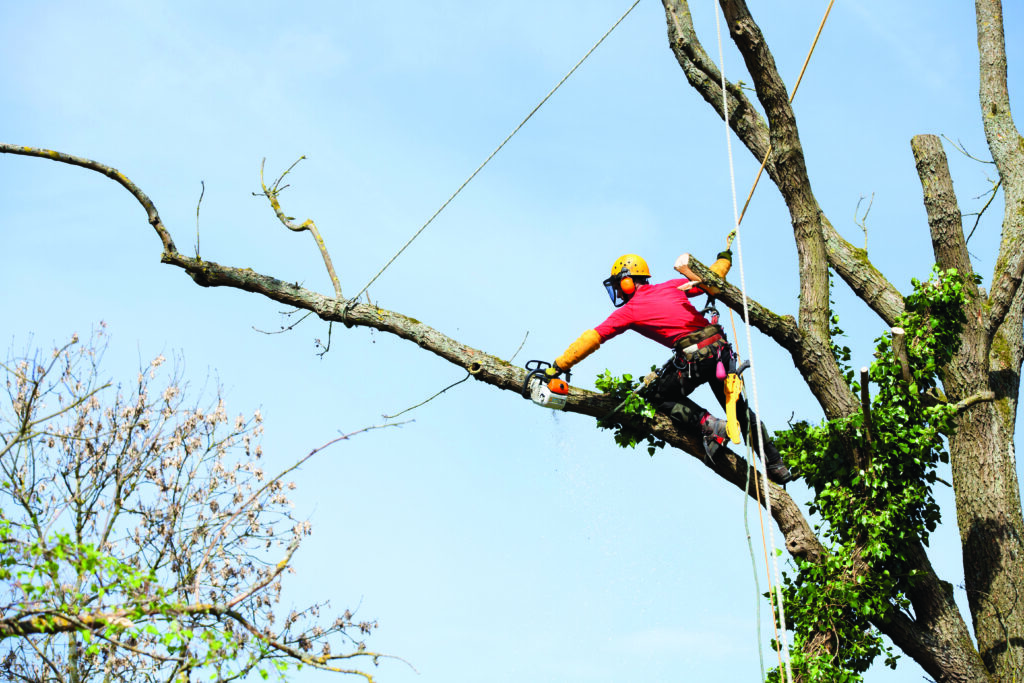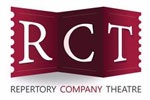If you’re planning to get outside this weekend (between weather events) and assess/cut injured trees, consider the following, from the experts in Richardson’s Parks and Recreation department:
- Walk your property and look at all your trees carefully for large limbs that may have broken off but are caught up in other branches—these need to be removed since future wind could knock them down, possibly causing damage.
- Make sure there are no power lines or utility lines in the general area where a tree needs to be cut; if they are present, consider calling a professional tree service to do the cutting.
- Make sure your tree cutting tools are sharp and clean; a sharper tool will leave a cleaner wound on the tree and allow it to heal faster, and clean tools prevent the spread of disease.
- Most tree limb breaks are likely not going to cause the entire tree to die (unless the break severely damages the trunk); injured trees just need to have the injured limbs (or remaining stumps) properly trimmed to allow for new growth.
- An injured limb should be cut back to the nearest large branch or the main trunk, stopping a few inches away just outside the branch “collar”; be sure not to leave an elongated “stump” sticking out of the side of the trunk, a.k.a. a “hat rack,” because as the stump decays it invites disease into the tree.
Three-cut tree trimming method video: Click here





